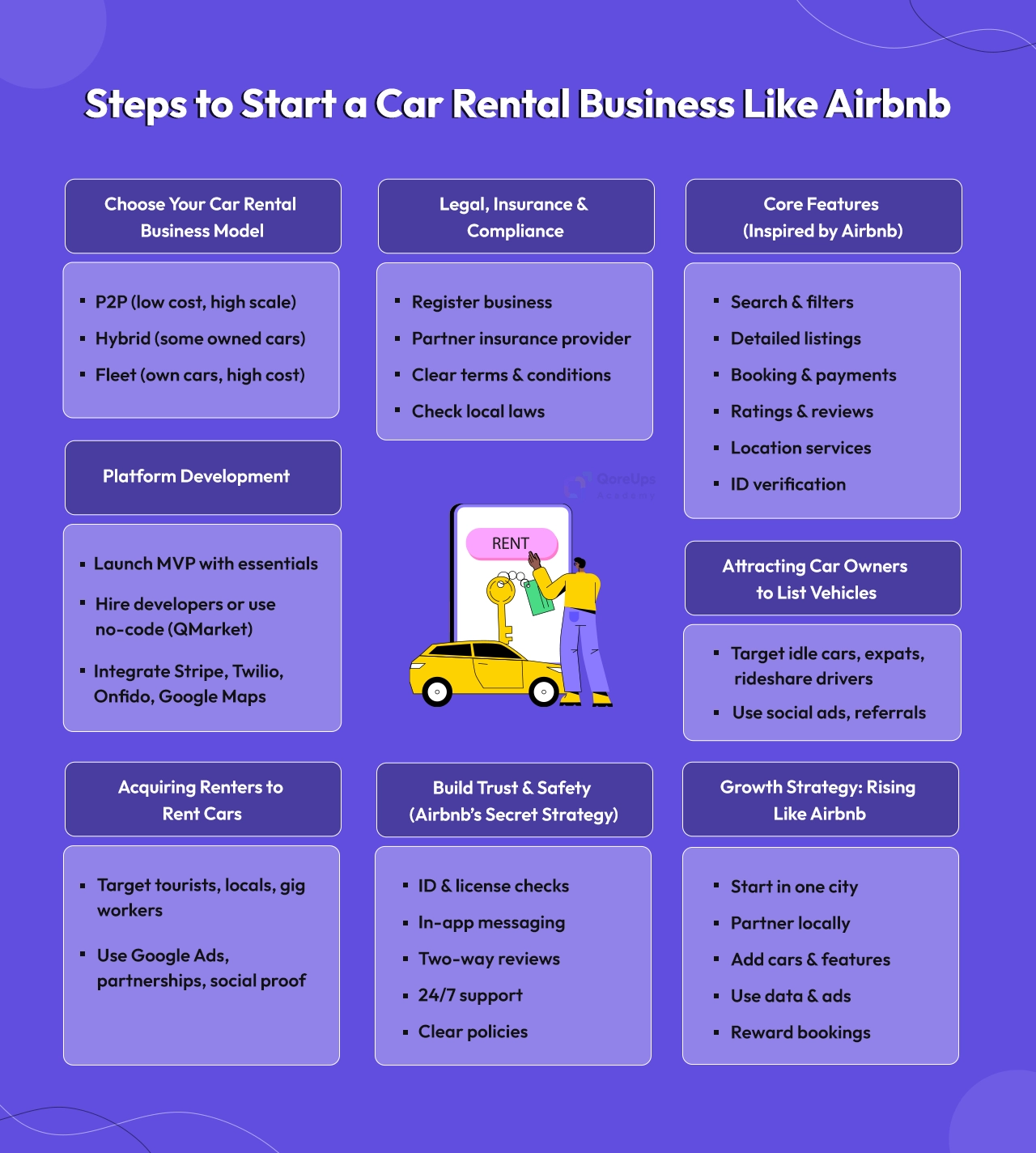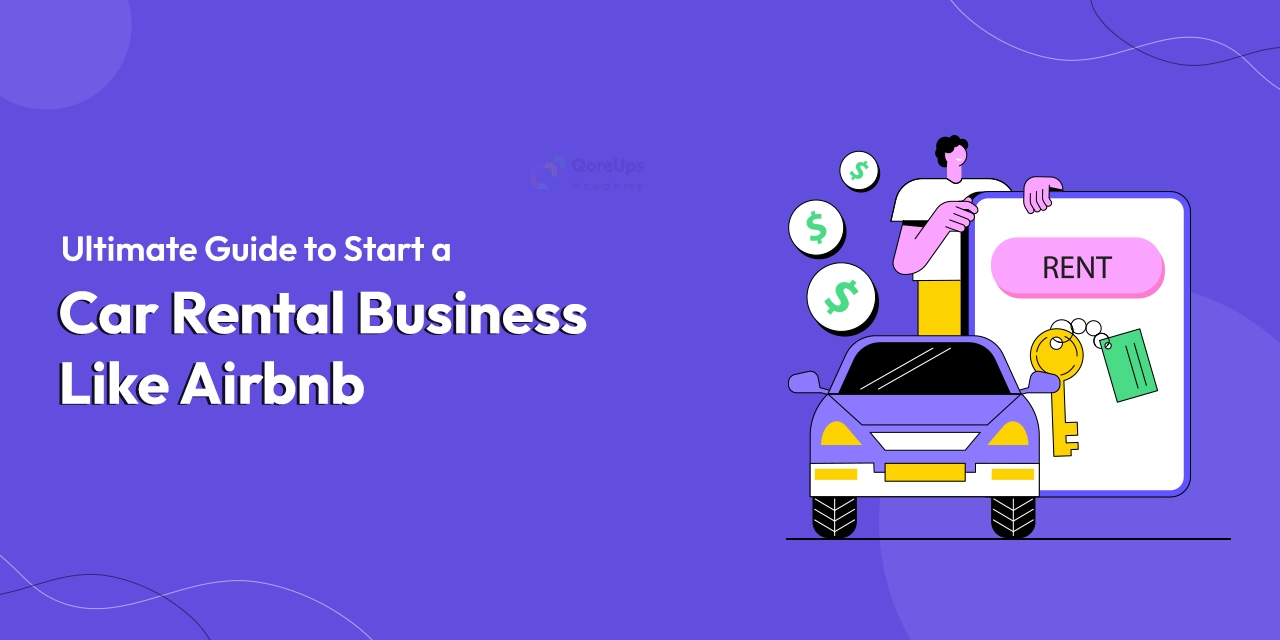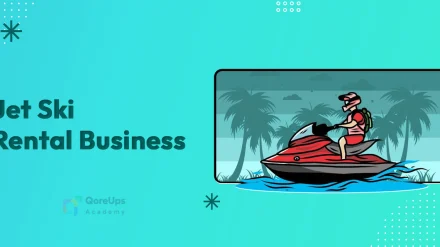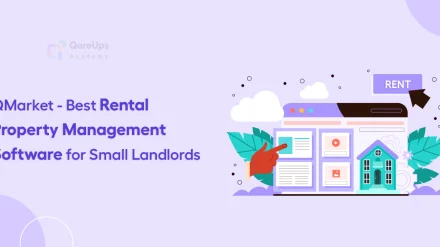“Airbnb didn’t own any property. You don’t need to own any cars.”
Welcome to the era where owning less can actually mean earning more.
If you’ve ever thought about launching a car rental business but don’t have a fleet of vehicles, don’t worry, you don’t need one.
Thanks to the power of the sharing economy, you can build a thriving business just by simply connecting car owners with car renters — just like how Airbnb connects property owners with travelers.
The proof: Airbnb reported a record-breaking $3.1 billion in revenue in Q2 2025 — all without owning a single home.
That’s the strength of the platform model.
If you’re dreaming of creating the “Airbnb for cars”, this guide is your roadmap.
What Does “Like Airbnb” Really Mean for Car Rentals?
Airbnb is a peer-to-peer (P2P) vacation rental marketplace. Instead of owning properties, Airbnb provides a platform where hosts (property owners) list their homes and guests (travelers) book them.
Now imagine the same idea — but with cars.
You build a peer-to-peer car rental platform where:
- Car owners list their vehicles.
- Renters browse, book, and drive.
- You earn a commission from each booking.
This is the Airbnb model applied to car rentals — asset-light and tech-powered.
Before diving straight into an Airbnb-like model, it’s helpful to understand the fundamentals. This guide, how to start a car rental business, covers all the basics.
Is There a Demand for Car Rentals?
Yes! The demand is growing fast.
According to Grand View Research, the global car rental market size is projected to reach USD 278.03 billion by 2030, growing at a CAGR of 10.5% from 2025 to 2030.
Why the Need for Car Rentals Is Rising?
1. Traditional Car Rentals Are Broken
Long lines, surprise fees, and outdated systems are turning people away. P2P platforms are faster, cheaper, and more convenient.
2. Travel Is Back
Tourists want cars that are easy to book and affordable. Flexible rentals are in high demand.
3. Urban Mobility is Changing
Many city residents don’t own a car but still need one occasionally. P2P rentals fill that gap.
4. The Gig Economy Needs Wheels
Drivers for Uber, DoorDash, etc., often rent cars to work — creating steady demand for cars.
5. Young People Prefer Access Over Ownership
Millennials and Gen Z love on-demand everything — including cars.

Steps to Start a Car Rental Business Like Airbnb
Building an “Airbnb for cars” is about creating a two-sided marketplace where trust, convenience, and community drive value. Below are the 8 key steps to help you get from idea to launch (and growth).
1. Choose Your Car Rental Business Model
Before you do anything, you need to choose the structure of your car rental business — because this shapes everything else: operations, funding, scalability, and risk. The most popular models are:
Peer-to-Peer (P2P) Model
- Users list their own cars on your platform.
- You simply manage the marketplace: onboarding, support, payments, policies.
- You earn a commission on every successful booking.
- Startup cost: Low. Scalability: High.
- Most similar to Airbnb’s rental business model.
Hybrid Model
- Some cars are listed by individual users.
- Few cars are owned by you or your partners.
- It offers more control and reliability.
- Involves higher operational costs.
Fleet-Based Model
- You own a fleet of vehicles and rent them out.
- Requires high upfront capital, ongoing maintenance, and local fleet management.
- More like a traditional car rental business, not Airbnb-style.
💡 Pro Tip: If you truly want to follow Airbnb’s model, go with P2P. It’s capital-light, faster to launch, and easily scalable across multiple cities.
2. Legal, Insurance & Compliance
This step lays the foundation for your entire business. Protecting your users, safeguarding your company, and preserving your brand’s reputation isn’t optional. They are the most essential to operate legally and build trust on your platform.
✅ Register Your Business
First, you need to officially register your business. This means choosing the legal structure, like an LLC or Corporation, depending on what fits your needs. Also, get all the necessary local permits and licenses required to operate legally in your area.
✅ Partner with an Insurance Provider
Insurance is essential to keep everyone safe. You need liability insurance that covers accidents, car damage, and theft. It’s important to make sure that both the car owners and the people renting the cars are also protected.
✅ Create Clear Terms & Conditions
Make sure to design detailed rules and policies that explain everyone’s responsibilities — like who pays if the car gets damaged, how cancellations work, and what insurance covers. Clear terms help avoid misunderstandings and protect both your business and your users from legal problems.
✅ Check Local Laws and Regulations
Rules for car sharing can vary a lot depending on where you operate. Some cities treat peer-to-peer car rentals like commercial businesses, which might mean extra permits or taxes. Always check local laws carefully. It’s a good idea to talk with a local lawyer to make sure you’re following all the rules.
📢 Fact: In some U.S. states and EU countries, regulations are still catching up to P2P car sharing.
3. Core Features You Need (Inspired by Airbnb)
Your Airbnb for cars platform is the heart of your business. It’s where car owners and renters meet. To truly thrive, it must be easy to use, reliable, and build trust between strangers sharing vehicles. Here are the must-have features that make your platform work smoothly:
🔍 Search & Filters
Just like Airbnb lets travelers search homes by location and dates, your platform should let renters search cars by location, dates, price, type of vehicle, and special features (like electric cars or family vans).
📸 Detailed Car Listings
Car owners should be able to upload high-quality photos of their vehicles and all important info: mileage, fuel type, pickup and drop-off details, special features (Bluetooth, child seats, EV chargers, etc.)
💳 Booking & Payment System
Renters expect secure online payments that protect their financial information and make the booking process quick. Make sure your system supports trusted payment methods and encrypts sensitive data.
⭐ Ratings & Reviews
Airbnb’s success comes from trust built through reviews. Your platform should have a two-way review system where both car owners and renters rate each other, which strengthens trust within your community.
📍 Location Services
Help renters find cars easily by integrating GPS and map tools like Google Maps. This makes pickup and drop-off stress-free.
🔐 ID Verification
Trust is everything since you’re connecting strangers who are sharing cars. Verify renters’ identities by requiring them to upload their driver’s license and a selfie for confirmation.
Airbnb didn’t thrive only by making bookings easy but also by building trust between strangers. Your platform should follow the same principle. Ensure every step—from registration to payment—is safe.
4. Platform Development: Building a Marketplace Like Airbnb
You don’t need to launch the next Uber on day one.
Start small. Launch an MVP (Minimum Viable Product) — a basic version of your platform with only the core features needed to make it work. This lets you:
- Test the concept
- Keep development costs low
- Get feedback from early users
Instead of trying to build a perfect platform, focus on learning what your users actually want. Then improve it gradually.
What Your MVP Should Include:
- Car listing creation
- Booking calendar
- Secure payment gateway
- Messaging between owner and renter
- Dashboard for owners and users
How to Build It?
There are two ways to build your Airbnb for cars platform:
1. Hire a Developer or Agency
If you have the budget and want a custom-built platform, hire a freelance developer or a software agency. They can build exactly what you need. But this is usually the most expensive option and takes more time to build your platform.
2. Use No-Code Builder (Fast & Budget-Friendly)
No-code tools let you build your car rental platform without writing a single line of code. QMarket is an excellent choice because it makes it easy to build your marketplace. It gives you everything built-in—listings, inventory management, booking systems, payment gateways, etc. Best of all, it’s budget-friendly, a perfect option for startups and solo founders.
Essential APIs to Integrate:
- Stripe or PayPal – For payments
- Twilio – SMS verifications
- Onfido or Veriff – ID and license checks
- Google Maps API – Pickup location services
The secret to building the ultimate car rental platform? Find it out in this blog: What Makes the Best Car Rental Platform?
5. Attracting Car Owners to List Vehicles
Without cars, your marketplace doesn’t exist.
Your first job?
Convince owners to list their cars on your rental platform.
🎯 Who to Target?
To grow your car supply, focus on people who own cars but don’t use them full-time. Ideal target groups include:
- People with second or idle cars
- Expats leaving town
- Rideshare drivers (when they’re not driving)
- Retirees or remote workers
📢 How to Attract Them?
- Facebook, Instagram, and Google Ads targeting local car owners
- Offer referral bonuses or early-lister perks
💡 Memorable line to use in marketing:
“Your parked car is losing money every minute it sits idle.”
6. Acquiring Renters to Rent Cars
Once you’ve got rental cars on the platform, it’s time to bring in the renters.
🎯 Who to Target?
- Tourists who need a convenient way to get around
- Local residents who need a car for a few days
- People who avoid traditional rental companies
- Delivery drivers who need a car but don’t want to buy one
Best Marketing Channels to Attract Renters:
- Google Ads: Target keywords like “affordable car rental in [your city].”
- Customer Stories: Encourage renters to share their reviews on social media platforms.
- Partnerships: Team up with hostels, hotels, or local travel companies.
7. Building Trust & Safety (Airbnb’s Secret Strategy)
Airbnb’s success was largely built on trust. People were letting strangers stay in their homes.
You’re asking them to hand over their cars — so trust is even more critical.
🔒 Trust-Building Features to Add:
- ID verification
- Driver’s license validation
- In-app messaging for direct communication
- Two-way ratings and reviews
- Offer live chat & 24/7 support
- Clear policies for both renters and car owners
Remember this always: Your platform isn’t just about renting cars—it’s about creating a trusted network where people feel confident sharing and renting vehicles.
8. Growth Strategy: Rising Like Airbnb
Before scaling, you want to make sure your platform is not just functional, but it also brings profitability or at least shows some clear signs of gradual growth. This means:
- Enough car owners sharing their cars and enough renters booking them every day.
- Positive cash flow.
- Happy customers.
- Data proving your business works (user retention, repeat bookings, etc.).
In short, it’s best to get your business stable at a small scale first. Only after that, think about expansion.
Is this business truly worth it? Find out now how much a car rental business really makes.
Smart Ways to Grow Your Business
- Start with one city and do it well.
- Partner with local businesses like hotels and repair shops.
- Add more cars to attract more renters.
- Analyze your data to see what works.
- Run ads that match the interests of people in each city.
- Offer rewards to get more bookings.
- Introduce new features gradually.

Conclusion: Get Ready to Launch Your “Airbnb for Cars”
“The best businesses don’t always own the asset — they own the connection.”
Starting a car rental business like Airbnb isn’t just about renting out cars. It’s about creating a community, a platform, and a brand that people trust.
You’re stepping into a space where tech, travel, and the gig economy collide — the potential is massive.
If you build a platform that is easy to use, safe, and rewarding for both owners and renters, you’ll be ahead of 99% of new founders.
So what are you waiting for?
Build your Airbnb for cars today!






